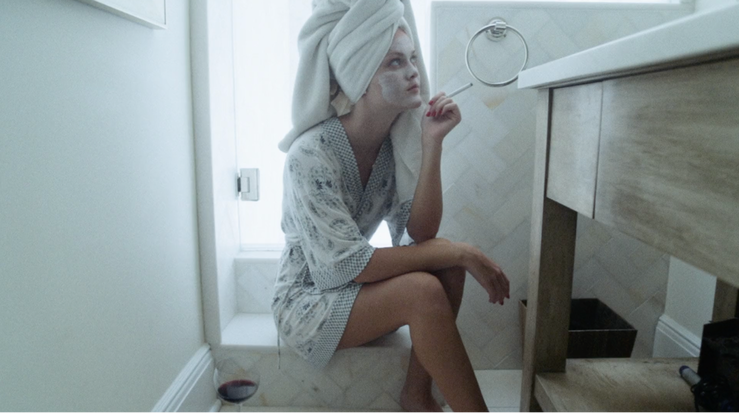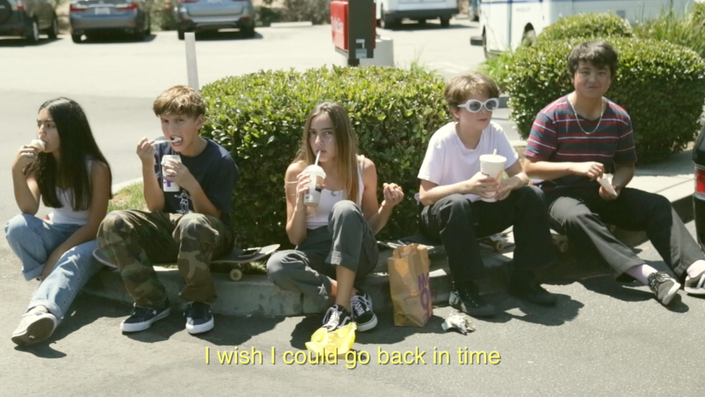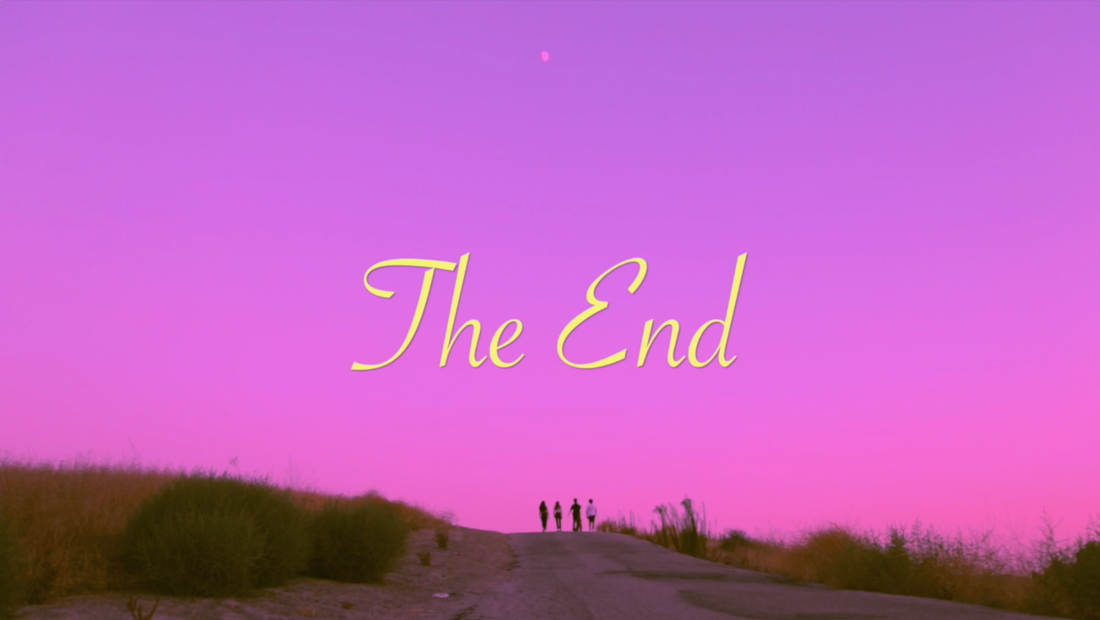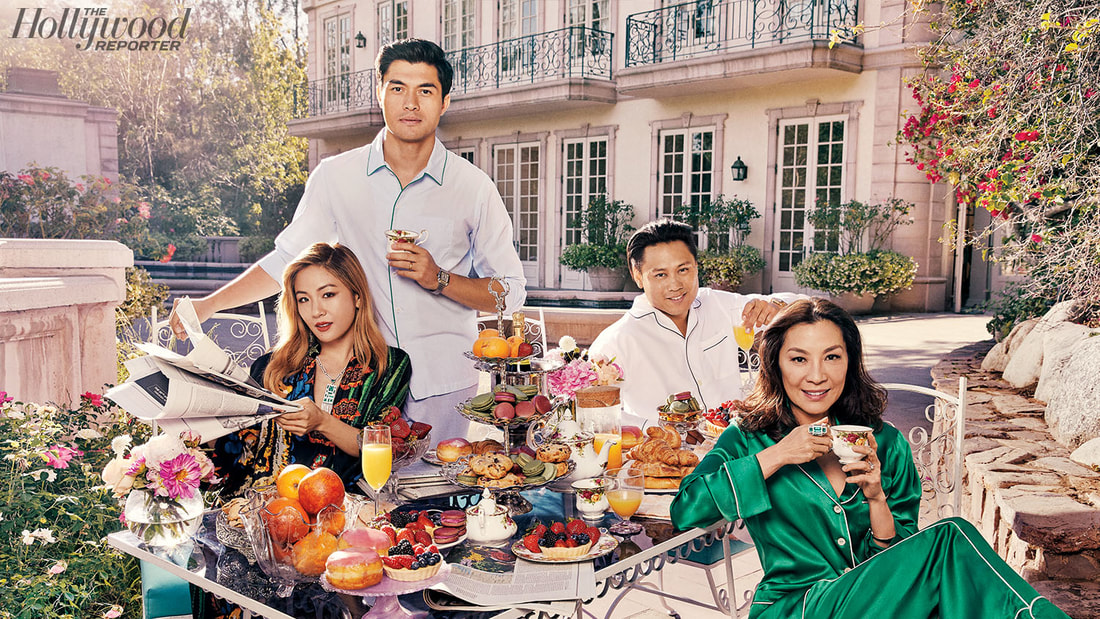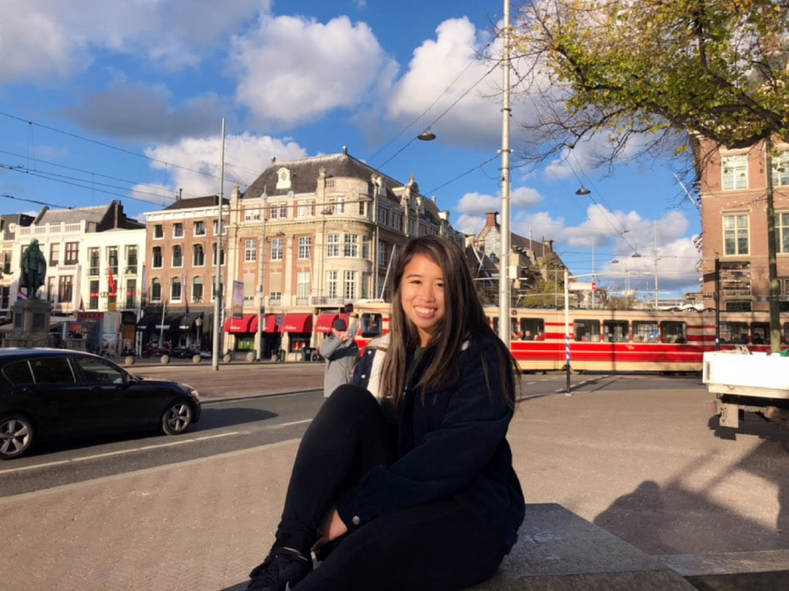|
The Heart2Art team kicked off our upcoming series of interviews with various teen artists with Olivia Ooms, a 16-year-old singer and songwriter from Southern California. We visited the aspiring country artist to talk about her work, her passions, and where she hopes to be in the future.
Interviewee: Olivia Ooms Director/Editor: Caitlyn Phu Cinematographer: Grace Larey
1 Comment
Teaser Trailer for Gracie Bellissimo's 2017 documentary short film "Indie Kids" 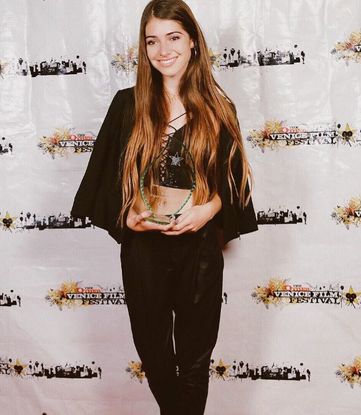 I recently had the opportunity to interview 19 year-old Gracie Bellissimo, an aspiring filmmaker, on her experience as a teen in the arts. Raised in Los Angeles, Gracie is currently working towards furthering her film portfolio and experience as she enters college studying film. Touching on subjects from her love for Lorde to her incredible internship opportunities, Gracie shared with me her journey thus far: Caitlyn Phu: What is your passion and when did it begin? How did it develop and grow throughout your life? Gracie Bellissimo: When I was just four years old, I watched a “Barbie Goes Hollywood” movie and that’s when I realized that making movies was actually a job that someone could have. It seemed so fun to me that I didn’t even think it was something you could get paid for... I still sometimes can’t believe it. From there, I thought I wanted to be an actress, but I grew up writing and directing my own plays that my little sisters would star in. I would act in them as well on top of basically putting on all the little productions. I eventually got a hold of my dad’s handheld camcorder and started making mini movies on it using barbies or littlest pet shops. When I was 6 or 7, I somehow taught myself how to edit these mini-movies on iMovie. I honestly don’t know how I just figured it out without any instruction but it felt very natural to me and it was pretty much one of my favorite ways to spend my free time. Once I reached middle school, I had done over 40 musicals in my community theater...so I still thought I wanted to do acting. One day in eighth grade, I decided to shoot and edit a youtube video of how to make a Tumblr-inspired notebook collage. I was literally just bored one day and put it up for fun, but the video racked up a ton of views, so I posted a few more. I didn’t really see myself as a Youtuber though so I stopped for a while, but then Colleen Ballinger (AKA Miranda Sings) gave my channel a 2-second shoutout in one of her videos, without even linking my channel, and a ton of people still went and watched it/subscribed. Before I knew it, I had nearly 30K subscribers and demand for content was high, so I made youtube videos for a while until it finally wore on me and I realized it was not fulfilling my true passion: Cinema. I stopped posting youtube videos and by that time, I was at the end of my sophomore year of high school. For junior and senior year, I joined an incredibly immersive film program, where I made some of the greatest friends I’ve ever had. It didn’t teach me as much as I hoped it would about film, however, so I started making a ton of short films on my own time outside of class so that I could have a portfolio when applying to colleges. A handful of my short films were accepted into international film festivals, and I also had made my own connections through social media and got to remote intern for Lucy Tcherniak (Director of The End of the Fucking World) and also shadowed at Paramount Studios my summer entering senior year, which led me to shadowing and assisting Elizabeth Allen Rosenbaum with her upcoming show (the Pretty Little Liars spin-off), The Perfectionists. I did my first semester of college in Brooklyn, New York, but I quickly discovered that the east coast isn’t for me. Now I am studying Cinema at San Francisco State University and am very excited to continue creating my own short films and music videos. 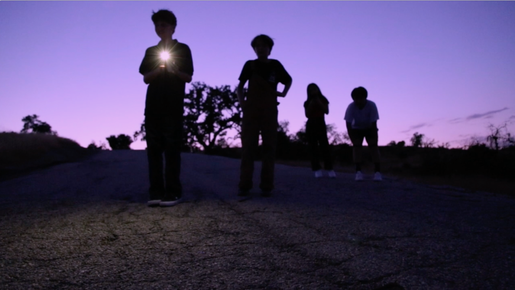 CP: How do you express yourself creatively? What mediums do you use? GB: I love creating my own short films, but I also have a lowkey passion for music. Whenever I am stressed, I either listen to music or write my own songs. I feel that writing music is my fastest, most honest and fulfilling way of getting things off my chest. I have horrible stage fright, however, even after growing up in the theater, because I hate singing in front of others, so it’s more of a personal release through art. I have considered recording an EP, so maybe that can be expected in the future. Back to film, I use film to express experiences I have either observed, experienced myself, or randomly thought of in a daydream. They usually focus on a specific theme or message. This past year, I have also been dabbling in 35 & 50mm photography. I carry either a disposable camera, my point-and-shoot, or my Canon AE1 wherever I go. I do this simply as a hobby and because of my love for the visual arts. Film photography has been a dying art form, but I love it because it’s honest in the sense that it is untouched and captures a moment raw, something we don’t see very much in an often facetuned/Instagram world. I also love the excitement of waiting to get your photos developed because every time...your roll is a mystery and there are always exciting or even disappointing surprises (I've shot a few blank rolls hahaha...still learning!) CP: Where do you draw your inspiration from? Is there a particular artist that you find inspirational? GB: I have always looked up to Lorde as my inspiration, mainly for film, but also for music. I just think it’s so inspiring that she was able to accomplish so much at such an early age. She has driven and inspired me to create honest art with hints of teenage nostalgia, and also inspired me to not let my age affect the opportunities I have worked hard to obtain (Paramount, internships with directors, etc). I even made my senior project a seven-minute video that abstractly tells the story of my high school life soundtracked by Lorde’s songs because they perfectly encapture how I felt in every stage of high school. She really changed my life and opened a whole new world to me as an artist. I can still remember the first time I heard “Royals” before any other songs of hers came out. I was only in middle school, and I knew that this girl, although only a few years older than me, was going to shape the way music today is made (I could write a book on why Pure Heroine inspired like 80% of the music we hear today haha). But basically, Lorde showed me that age shouldn’t ever stop you from pursuing your dreams as an artist and that doing something totally “out there” may actually become revolutionary. Another fan of Lorde’s was David Bowie, who even called her “The future of music”. I look to him as a prime example of variety. He was an ever-changing artist, always experimenting with different genres, which is something I long to do in film. 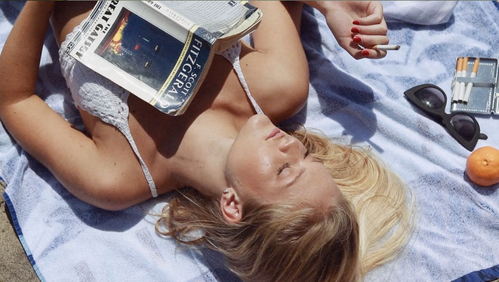 CP: What kinds of obstacles did you face in pursuing the arts, either as a hobby or career? Did you have any supporters along the way? GB: I think a lot of people underestimate my visions I have for future projects because A). I am still a teenager and B). I am a girl. I’ve been writing a very complex pilot inspired by real events and I intend to bring it around to multiple producers/production agencies, but I am super nervous they won’t listen to me because of my age or that they may take advantage of my work because they may see me as a naive, young girl. Through it all, my parents have been my #1 supporters from day one. Growing up, they provided so much love and encouragement when it came to my sister’s and my own passions. They let me use their cameras (until they eventually let me buy my own), and my dad always jokes that I was the only 12-year-old in the world to ask for a boom mic for Christmas! Music-wise, I have literally been to countless concerts because of them. They see concerts as “inspiring” rather than indulgence. CP: While more spotlight is being brought to the voices of our generation in recent years, history has shown that the perspectives, activism, and art of teenagers are often dismissed. Have you personally experienced this as a teenager? GB: Absolutely. I think the film industry is an especially difficult art industry because there is so much business involved in it, and businessmen usually tend to dismiss young girls with seemingly vague dreams of being a director. However, I have also found some people to be very supportive of me and my vision, such as Lucy Tcherniak, Elizabeth Allen Rosenbaum, Clay Pecorin, and exec. producer Peter Lenkov. They all let me shadow one or more aspects of their work and some have allowed me to assist/basically intern for them. Because they gave me these opportunities at such a young age, they only opened more doors for me and have allowed me to make meaningful connections before I even graduated high school. I am so grateful that even though I am young, they saw a bit of their own younger selves and me and gave me a shot, which apparently doesn’t happen often in Hollywood. If I ever make it, I definitely will do the same for teenagers. 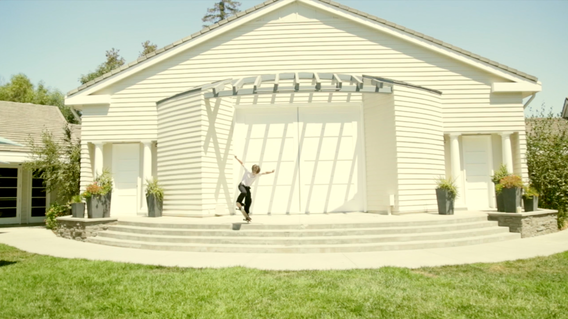 CP: What does the youth have to offer to the world (whether this means perspective-wise, activism-wise, the sharing of art, etc.) and why is it important that this is recognized? GB: We are the youth! We are young! We have fresh ideas! We aren’t afraid to say what we believe because we all start seeing ourselves as independent people around this time, and being able to speak your mind and share your thoughts with the world is so exciting and often inspiring for others. It’s important for us to speak up because the future of the world will ultimately be up to our generation, so it’s up to us to change things for the better or let things gradually get worse. CP: Why do you make art? GB:From a very early age, I have loved telling stories. Using film as a medium to tell interesting stories or spread important ideas to me holds more depth and contains more layers than photography for instance because so many people come together and use their talents to create one, beautiful piece of art together that ultimately can entertain, bring happiness to, or provoke the thoughts of audiences. CP: Do you have a favorite piece that you have created? Can you explain it and why it is your favorite? GB: I think that one of my favorite short films I have made is Indie Kids. It’s a completely improvised mini-documentary, and I love it because it was such a wholesome experience. One day, I wanted to test out some new color grading techniques, so I asked my youngest sister, Marlie, if I could follow her and her adorable/artsy friends around for the day. Tying this back to the aspect of the voices of the youth, I loved making this because I found their worldviews all to be very independent, interesting, and adorable. Also, they skate and listen to good music and dress well! In seventh grade I was a theater nerd in a Christian school, listening to just the top 40 until my eventual discovery of Lorde and Lana Del Rey turned me a bit more normal (hahahaha I’m so glad I was normal in middle school though because now a lot of other seventh graders care wayyyy too much about who they are/how they look because of social media). CP: Do you feel like your art is representative of your experiences as a teenager? As you get older, do you think that your artistic style will change? GB: My favorite genre of film are coming of age movies. I love the honesty and electricity of teenagers, how we all have this crazy blend of carelessness and caring a little too much. That’s what I love so much about Lorde...she perfectly captures the teenage experience in Pure Heroine, as well as the whirlwind of transitioning into adulthood on Melodrama. I think that is something I strive to accomplish, capturing teenagers accurately and creatively on camera in an emotionally moving, original story. Movies like The Perks of Being a Wallflower, Ladybird, Kings of Summer, and Moonrise Kingdom are some of my absolute favorites of all time, paying homage to youth without many over the overdone cliches. CP: How do you plan on pursuing your passion in the future, whether this be college or career-wise? GB: Throughout college, I am excited to collaborate with people my age on projects while delving deeper into learning about the art of cinema at SFSU. This summer, I hope to work on some sort of studio lot or film set. Looking forward, I understand that I am going to have to work incredibly hard to one day earn a higher ranking in the film industry, and I know that everyone either starts in the mail room or as a PA, so I am more than excited to take on those smaller jobs in hopes of eventually proving myself and working my way up. CP: Any last words or advice you would like to share? GB: In today’s day and age, we have so many platforms available to be able to make crucial business connections for future projects, and more importantly, a variety of places to share our work with the world and get it in front of as many people as we can. This is an exciting time for filmmakers especially, with video cameras being built into even our cell phones while current directors had to grow up using costly and complicated Super 8 film cameras. Still, I would love to own a super 8 camera! I miss seeing actual FILM on the big screen, I personally love the visual aesthetic/honesty of it more than digital work. See more of Gracie's work! Instagram: @graciebellissimo Website: graciebellissimo.com Caitlyn PhuPresident + Editor-in-Chief Note: This article was originally published on 4outof5.reviews 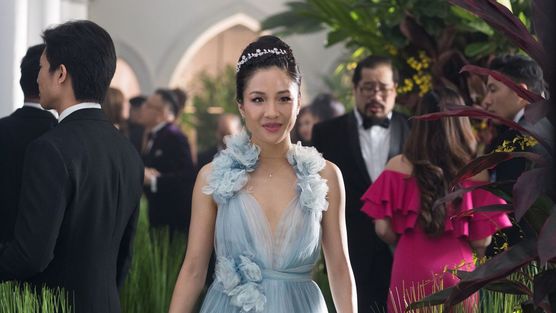 In early August of this year, the highly anticipated film Crazy Rich Asians was forecasted to gross somewhere from 18 million to 20 million in its opening five-day weekend. However, the film seemed to break both box-office and social expectations with a ground-breaking $35.2 million gross its opening weekend and $174 million in total since then, securing the film’s role as the highest-grossing romantic comedy of the past ten years. It has now been approximately four months since the premiere of Crazy Rich Asians. The constant flow of news articles and mainstream hype regarding the film’s release has naturally died down and been replaced by entertainment’s regularly scheduled coverage of Marvel’s latest superhero flick or scandalous celebrity gossip. However, as 2018 draws to a close, reflecting upon how the past year has impacted the entertainment industry can be telling of what audiences and society as a whole should expect from the next year; undoubtedly, Crazy Rich Asians is one of the most transformative films of the year in regards to the representation of minorities in the film and television industry. What truly set this film apart from the hundreds of other major films released in 2018 was its concept, rather than groundbreaking cinematography or never-before-seen filmmaking techniques. 38% of the film’s opening weekend audience was of Asian-descent, unheard of when compared to the average 6% that make up theater audiences and nearly matching the 41% of Caucasians of the opening weekend viewings. Whether Asian audiences were drawn to theaters to support the film or out of simple interest for entertainment, incredible theatrical turn-outs such as these rarely occur without signs of immense cultural impact. Crazy Rich Asians is the first Hollywood film to star a primarily Asian cast in a modern setting since 1993, the year The Joy Luck Club hit theaters-- a film that explores the respective relationships between four Chinese-American women and their immigrant mothers. A similar plot is also illuminated in Crazy Rich Asians, as the film’s main character, Rachel Chu, finds that she must battle for love and self-acceptance after being introduced to her long-time boyfriend Nick Young’s overprotective and realist mother. The mother, a head figure of one of the wealthiest families in Singapore, confronts Rachel with deeply rooted prejudices against her American lifestyle and non-traditional upbringing, prompting our protagonist to prove to both herself and the Young family that her background and lifestyle will never make her less of a person. As a real life reflection of the film’s storyline, Crazy Rich Asians has proven to Hollywood that films with a diverse cast or unconventional leads can be just as wildly successful as traditional blockbusters. 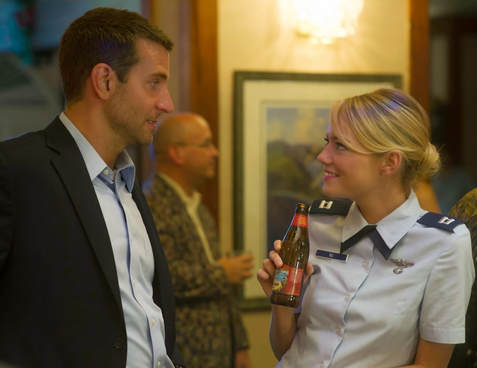 There is no doubt that Crazy Rich Asians is the archetypal and cheesy romantic comedy that Hollywood loves; while this turned many critics away from the film, I would argue that this is what makes it so groundbreaking. There is a noticeable lack of Asian roles being written and Asian leads being casted, and even some roles meant for Asian actors have been played by white people. In 2015, Aloha, a film also based on a novel, was released theatrically; naturally, many audiences were extremely critical of the casting choice of Emma Stone to play a half-Asian and half-white character. It was a prime example of a Hollywood film that could have easily casted an Asian actress, both for realism and representation rarely seen on-screen, but they turned away and instead chose a well-known Caucasian actress for the role. Additionally, while a minuscule number of large production films will cast Asian leads, when an Asian actually is cast, it is far too common that a role requires an Asian actor to fit a certain stereotype. Popular representation of Indians in film are as tech-wizes or Google interns, while you can find Chinese actors playing martial arts experts in numerous of movies. The fact that Crazy Rich Asians acts as a classic romantic comedy, touching but predictable throughout, is a big step in Asian representation in film, as it proves that Asian males and females can star in romantic comedies, or any variety of films for that matter, and still see success. 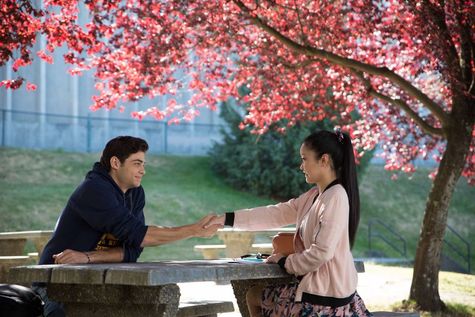 The number of Asians playing typical lead roles in major film and television series seems to be growing noticeably in recent years and is beginning to give hope to Asian communities throughout the nation. In the 2016 film The Edge of Seventeen, the main character Nadine, played by Hailee Steinfeld, finds herself falling for her unbearably awkward but endearing friend Erwin, your average teenage boy, played by Asian actor Hayden Szeto. In 2018, Twitter lost its collective mind over Netflix’s To All The Boys I’ve Loved Before, based on a novel by Jenny Han, which centers around a half-Korean teenage girl named Lara Jean, played by Lana Condor, and her journey to find love amidst the chaos of growing up. Similar to Crazy Rich Asians, this film is a prime example of the romantic comedies that Hollywood pumps out regularly; what makes it so unique, however, is the choice to cast an Asian as a lead role in a film that has little to do with the fact that she is Asian. Another example of a recent film that has cast an Asian in a role that could have taken a more traditional route was the 2018 film Searching, a thriller that follows a father, played by John Cho, and his desperate search for his missing daughter, earning 92% on Rotten Tomatoes with a brilliant performance by Cho and innovative storytelling. While Hollywood seems to be growing more comfortable with Asian representation in lead roles for both film and television, there is still a long way to go. As an Asian-American teenager growing up in Southern California, I find it hard to express in words the feeling I get when I see someone who looks like me playing a role that I see all the time but can never fully relate to, such as leads in romantic comedies. As culture becomes more immersed in film and television, it is vital that children of all genders, ethnicities, and religions grow up seeing people like them represented on-screen, as it proves that these experiences and happy endings are not restricted to one variety of people. Even more, the success of films like Crazy Rich Asians can open up countless opportunities for Asian directors, actors, and writers in the film industry. In response to why she had such a strong interest in starring as Rachel Chu in Crazy Rich Asians, Constance Wu says this: “It’s why I advocate so much for young Asian-American girls so they might not spend their life feeling small or being commanded to feel grateful to even be at the table.”Caitlyn PhuPresident and Editor-in-Chief The Heart2Art Project's Gillian Rule interviewed Sammie Serrano, a 17 year senior in high school living in Huntington Beach, about her experience with her own cultural identity. Here's what she had to say: 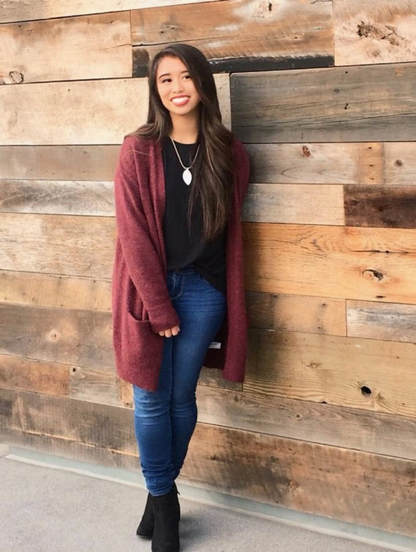 Gillian Rule: What is your cultural background? Sammie Serrano: Ethnically, I am Filipino. Both my parents are Filipino. My mom moved from the capital of the Philippines to the states in Cerritos when she was ten years old. She still speaks Tagalog (Filipino language), but she has no accent. My dad grew up in southern California in San Diego, but his parents are from a province in the Philippines called “Batangas.” He used to be able to speak Tagalog when he was really little, but he can only understand it now. However they both grew up in cities where there is a very high concentration of Filipinos, hence they were surrounded by the culture a lot more than I was. GR: What does cultural expression mean to you? SS: To me, it means to feel proud to hail from whatever nationality you were blessed to be, in spite of historical or stereotypical fallacies. It doesn’t necessarily mean wearing traditional clothing all the time as a fashion statement, at least to me (because at least we know that they’re only worn during special occasions like birthdays or weddings). I would personally know what that’s like because the Philippines is currently ruled by a drug cartel overlord trying to deal with an ISIS-inspired terrorist group in the southernmost mainland region. I know that not everyone necessarily knows this since not everyone keeps up with international politics, but it’s still hard knowing that this is the main issue that most political news outlets in the US tend to display. Nonetheless, Filipinos are proud as a culture. We know that whatever anyone thinks of us, only we know how fun it really is to be part of such a communal culture. We wear the Filipino name proudly, even if people are only half Filipino. GR: Have you ever felt out of touch with the culture that you grew up in or identify with? SS: Yeah, mostly because I grew up in Huntington Beach where there’s not really a lot of Filipinos. There was once a small Filipino restaurant in HB, but it didn’t last very long because there’s just not enough Filipinos that live in HB. If you wanted good Filipino food, you would just go anywhere in Cerritos or San Diego, but that’s a bit of a drive. The only times I really felt in touch with my culture was when I was surrounded by other Filipinos at family parties or even shopping at seafood city, the commissary, manila sunset, or other Filipino supermarkets and restaurants where I can recognize the language. Even though I have some friends who happen to be Filipino, it’s funny how the main reason we get along is that we simply are Filipino. Although my mom speaks Tagalog, I never was able to learn the language. I do know some miscellaneous words, but I still wish I was able to speak it fluently. GR: What aspects of your culture do you particularly admire or appreciate? SS: Where do I even start... The most prominent way that we show our love to others is through food. We tend to make a surplus of food for guests because we’re paranoid about having enough for everyone, even if just one person is coming over. I feel most in touch with my culture when I go to any family gathering, because no matter the occasion, whether someone turned a year and a half years old or someone just got engaged or even if someone just died, there’s always going to be a surplus of food waiting for you in the kitchen. At these parties, because we over make so much food, there is literally a word in Tagalog that refers to the leftovers that you’re supposed to take home from the party. We just like taking care of people by making sure they’re well fed. We’re very welcoming and warm to our peers and guests, and that’s why I’ve grown up with such a big and supportive family. Even when I went to the Philippines for the first time in 2017, my favorite part of the mainland was the hometown of grandpa on my mom’s side. Although it was a humble town with lots of rice farms and a small town square, everyone would say “hello” or “good morning” as we were walking by, even if it meant they had to look up and stop whatever they were doing in the rice farms. What I find most hilarious is that Filipinos are always the first ones to make fun of our accents. Out of all the types of puns in the world, Filipino puns are by far my favorite. They can only be understood if you say them out loud because the accent plays into the joke. I just love how we as a culture know how to laugh at ourselves and be the first to make fun of our own accents. |
